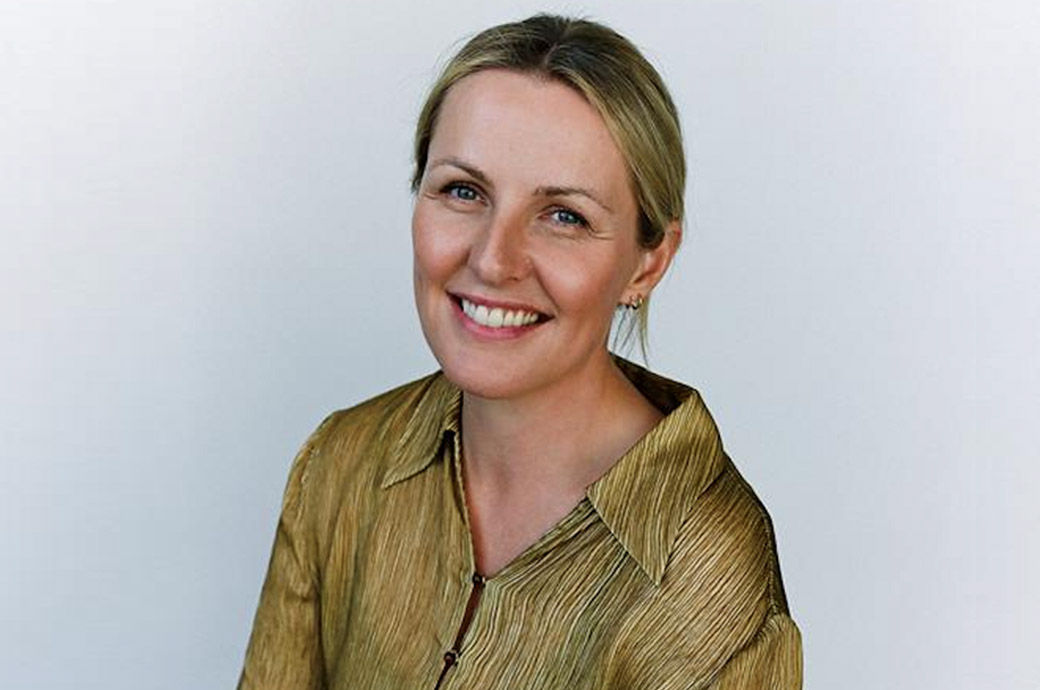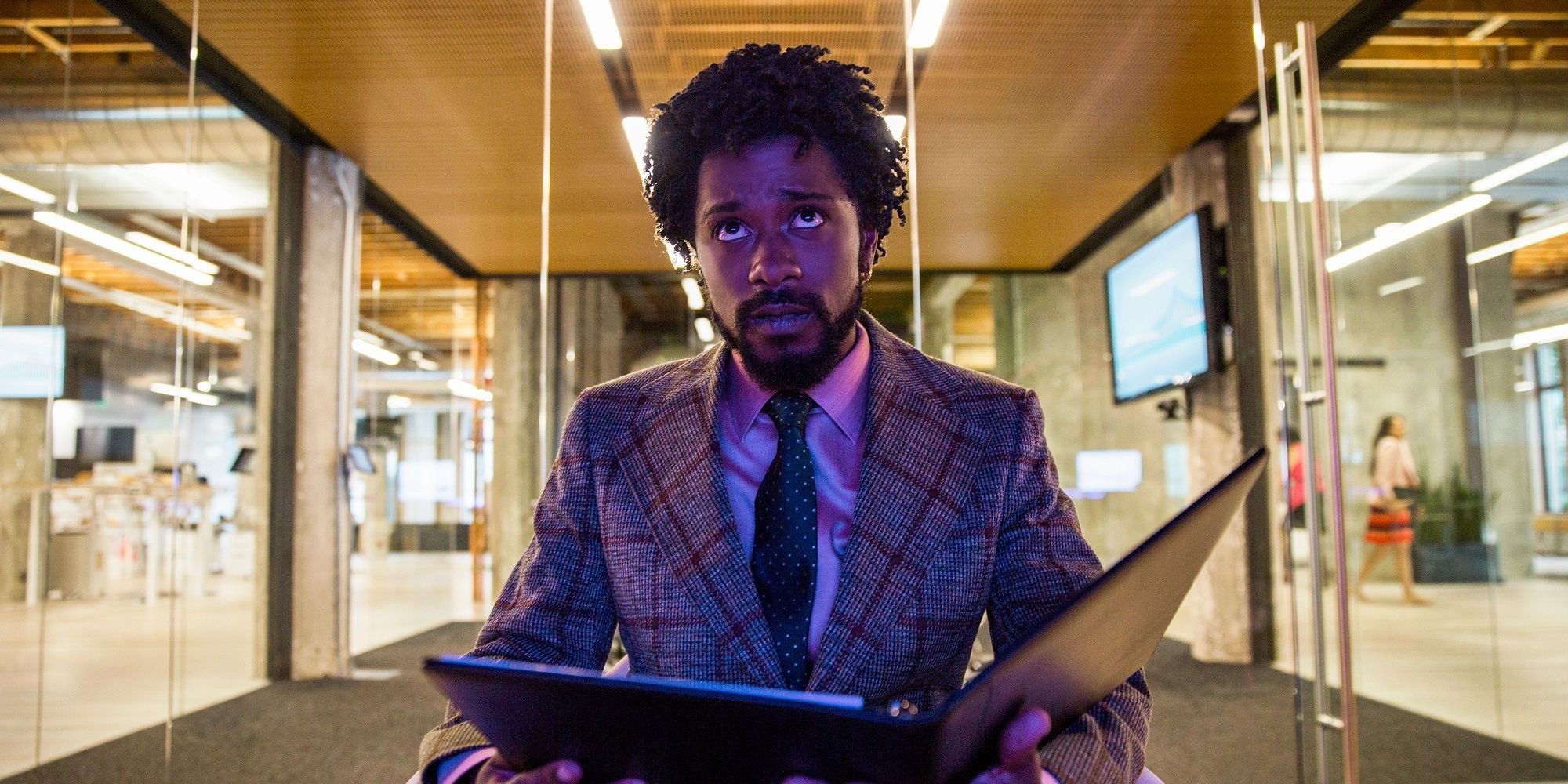Navigating an ever evolving and increasingly complex risk landscape is the most pressing challenge facing CEOs and senior executive today. Given the stakes at play, it’s understandable why some defer significant decisions, taking a ‘wait and see’ posture that shores up the downsides rather than to ‘act and iterate.’ Yet it’s precisely when uncertainty runs high that adopting a forward leaning ‘play-to-win’ mindset—versus a ‘play-not-to-lose’ mindset—can seize opportunities out of clear sight and gain ground that others miss.
If the stakes for making bold bets weren’t so daunting, there’d be more being placed. Working against boldness is human instinct to protect against loss. And the higher executives climb, the further to fall and more to lose. As Nobel Laureate Daniel Kahneman observed, “We hate to lose more than we love to win.” It’s why courage, or lack thereof, is the defining factor between success and stagnation, between forging unchartered ground and sliding backward—at first imperceptibly, then irretrievably.
A study published in the Harvard Business Review found that companies led by decisive leaders outperformed their counterparts by a staggering 12% in terms of profitability. However, when assessing risk, leaders often underestimate is the invisible tax of indecision and over caution. Playing ‘not to lose’ rarely has immediate consequence. Deciding not to enter a new market, not to exit another, not to launch a new product or double down on innovation doesn’t make headlines. Over time, waiting guardedly for the ‘fog to clear’ or making only small incremental changes has a steep opportunity cost that generates a slow leak of value which ultimately puts the organization in a less secure position. Nokia, a former titan in the mobile phone market, faltered in the face of smartphone disruption through reluctance to embrace change.
Research by BCG found that during the 2008 financial crisis, 80% of the S&P Global 1200 companies tended to act reactively—from a defensive risk-averse mindset—rather than proactively. In comparison, the top 25 performing companies not only increased liquidity but also proactively invested in strategic acquisitions. Organizations that instill a play-to-win courage mindset actively encourage intelligent risk-taking, celebrate bold thinking, and reward the candor required to continually incubate innovation and fail forward, together.
As Gen AI begins to revolutionize work and workplaces, it presents a profound opportunity for businesses to elevate and amplify the value they bring to stakeholders. Doing so will require leading from courage, not fear. To quote Apple’s Tim Cook: “As we incorporate AI into our products and services, we must have the courage to push the boundaries of what’s possible while upholding our values.”
Beyond Gen AI lay countless other opportunities for leaders willing to risk a wrong step forward to make a right one. They are rarely sitting in plain sight. Rather they require a tolerance for imperfect decisions and commitment to constant iteration and innovation. Consider Elon Musk’s daring to blaze new frontiers in space with SpaceX or Steve Jobs’ bold move in the early 2000s to introduce the iPod which transformed the company and reshaped the music industry. Similarly, Netflix disrupted the entertainment landscape by shifting from DVD rentals to streaming video-on-demand, defying skeptics, and further revolutionizing how we consume media. Likewise, Jeff Bezos’s forward thinking call to diversify from Amazon’s e-commerce business into cloud computing with Amazon Web Services (AWS) has also paid off. AWS has emerged as the dominant force in the cloud computing market, often outpacing the e-commerce business in its contribution to Amazon’s bottom line.
Hindsight makes it easy to think their bold bets were relatively safe ones. Yet these CEOs had no more certainty than CEOs have today. Which is precisely the point: When leaders are willing to pioneer new technologies, disrupt traditional business models, and relentlessly innovate to serve their customers better, they often don’t get it completely right. But by embracing intelligent risk taking as cultural norm, they can mine every nugget of learning from their miss-steps to innovate faster and build agility to respond at speed when the next disruption or crisis occurs.
The future is uncertain. It always has been. Leaders who operate from a play-to-win mindset view uncertainty as fertile soil for growing edge and gaining ground against those whose decisions are directed more by fear of what could go wrong than passion to make things more right. Pioneering new paths amidst the unknowns is no longer a strategic choice but a business imperative. Only leaders who are willing to risk not getting it perfectly right will be able to foster the ‘cultures of courage’ needed to unleash the collective ingenuity, potential and passion that fear too often holds dormant. Indeed, playing it too safe has never been riskier.



























































![Social Media Spring Cleaning [Infographic] Social Media Spring Cleaning [Infographic]](https://imgproxy.divecdn.com/9e7sW3TubFHM00yvXe5zvvbhAVriJiGqS8xmVFLPC6s/g:ce/rs:fit:770:435/Z3M6Ly9kaXZlc2l0ZS1zdG9yYWdlL2RpdmVpbWFnZS9zb2NpYWxfc3ByaW5nX2NsZWFuaW5nMi5wbmc=.webp)











